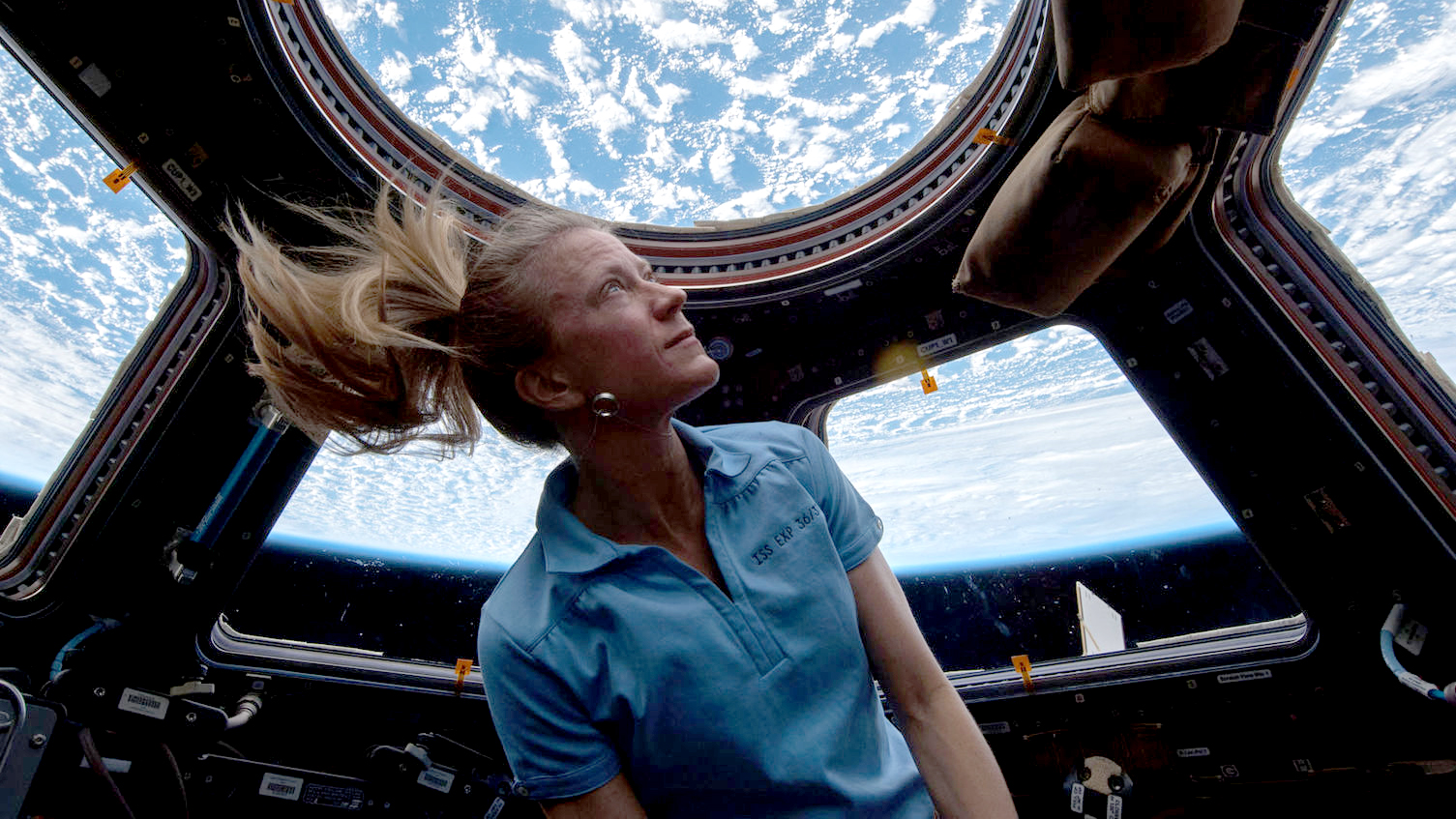
Deforestation though necessary for industrialization, has a long-standing history of being severely detrimental to the environment. Deforestation, especially to that of tropical rainforest, plays a huge part in habitat loss, loss of biodiversity, and is a lead factor in global climate change. Sadly, rainforests in Wilberforce Island in Bayelsa State, Nigeria are no different.
The department of Geography and Environmental Management at the Niger Delta University located in Wilberforce island, conducted a survey around the reasoning behind the deforestation of the local area tropical rainforest. Using 125 questionnaires given out to the local inhabitants and satellite photos taken in 2002 and 2015 respectively, they came to several conclusions. They found that, through their questionnaire, that most of the destruction of the forest came in part to logging followed closely behind by farming. This was then backed up by the satellite images that revealed an increase of land usage due to agriculture from 10.71% in 2002 to 30.57% in 2015. Within just 13 years, land use from farming increased by 185.35%, mainly impart to the population growth that came from the construction of the Niger Delta University in 2000. Furthermore, this new designated farm land had to come from somewhere, and you probably guessed it by now, it came from land previously held by the rainforest.
No other research has been done into the deforestation of the forests on Wilberforce Island, and so it’s good that this study shed some light on what’s happening. Between 2002 and 2015 forest cover dropped by 30.02%, destroying millions of species habitats along with it. That rate is unheard of and much more outside of this study needs to be done to stop it.
My final personal note is I find it quite ironic and irritating that this survey was conducted by the Niger Delta University, the same establishment that was the underlying factor for the increased deforestation rates of the island in the first place. I hope they take their study to the next step and work to prevent the further logging and destruction of the forests.
For more information on the study see the full text at www.ajol.info or www.bioline.rg.br/ja.
Source
Bariweni, P.A., and Andrew, C.E., October 2017. Land use/Land Cover Changes and Causes of Deforestation in the Wilberforce Island Beyelsa State, Nigeria. J. Appl. Sci. Environ. Manage. 21





